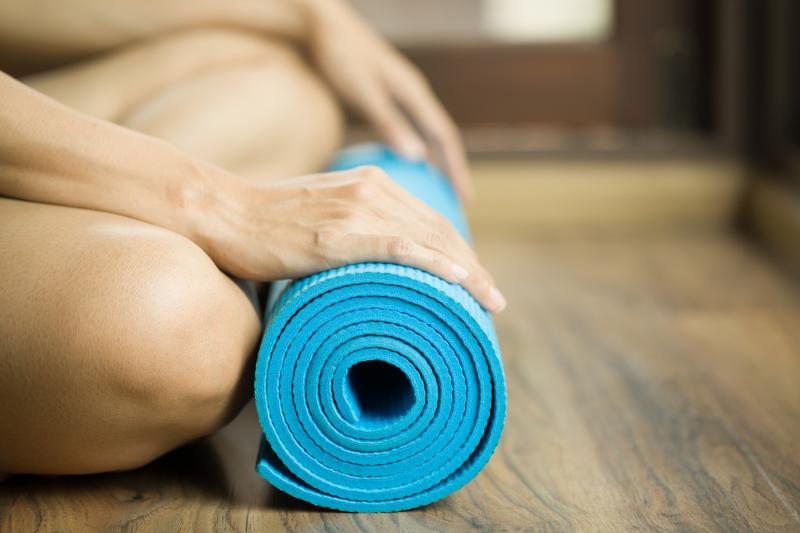Housebound T1D patients not doing enough exercise to control blood sugar





Stay-at-home orders have helped flatten the coronavirus growth curve, but for individuals with type 1 diabetes (T1D), staying in appears to have brought more harm than good: a drop in physical activity (PA) levels and poor glucose control.
A recent study has found that although T1D patients tried to remain active, the amount of exercise they did was not optimal to prevent hyperglycaemic events. This is problematic, according to researchers, as failure to maintain glucose control puts patients at risk of developing diabetes complications and contracting infections.
“Unfortunately, the mandated restrictions on travel and on participating in outdoor activities, including regular PA and exercise … disrupted the daily routine activities of millions of people,” the researchers said.
The movement limitations imposed by the Italian Government, in particular, brought up some issues for T1D patients regarding routine care, with limited options for PA and more complex management of diabetes, they added.
The current study included 154 T1D patients (mean age, 44.8 years; 54.5 percent male; mean HbA1c, 6.9 percent) in Italy who completed an online survey evaluating PA levels before and after the national quarantine and its effect on the variation in glycaemia values. The mean height and weight of the respondents were 1.70 m and 70.7 kg, and the mean body mass index was 24 kg/m2.
Prior to the outbreak of COVID-19, 140 patients (90.9 percent) engaged in PA, including individual and team sports, and fitness and resistance training. Of these, 127 patients (82.5 percent) exercised in isolation following the implementation of national quarantine. [Diabetes Res Clin Pract 2020;doi:10.1016/j.diabres.2020.108297]
Not only did the number of patients who remained active decrease during quarantine, but there were also significant reductions observed in PA level (mean difference [MD] in Godin Scale Score, –13.6 points; from 38.6 to 25 points; p<0.001), step count (MD, –7,846; from 12,606 to 4,760; p<0.001), and duration of exercise (MD, –28 mins; from 66 to 38 mins; p<0.001). In parallel, blood sugar level rose by 8.7 mg/dL, from 142.1 to 150.8 mg/dL.
About 42 percent of the patients reported a worse perception of metabolic compensation due to increased blood sugar level and glycaemic variability, and 64 percent said they had to modify insulin delivery due to poor T1D control.
Training level and performance are bound to decrease during quarantine, so it is conceivable that even if patients engage in adequate levels of PA, the health benefits will be less substantial, the researchers pointed out.
They urged housebound patients to perform aerobic exercises of moderate to vigorous intensity and do circuit or resistance training instead of classical body weight exercises. To find the motivation to do these, patients can use the internet to follow along videos posted on specific training channels, applications, or social media.
The study has several limitations, including the potential of reporting bias associated with self-administered questionnaires and that the sample comprised mostly physically active T1D patients, due to the recruitment being limited during quarantine.